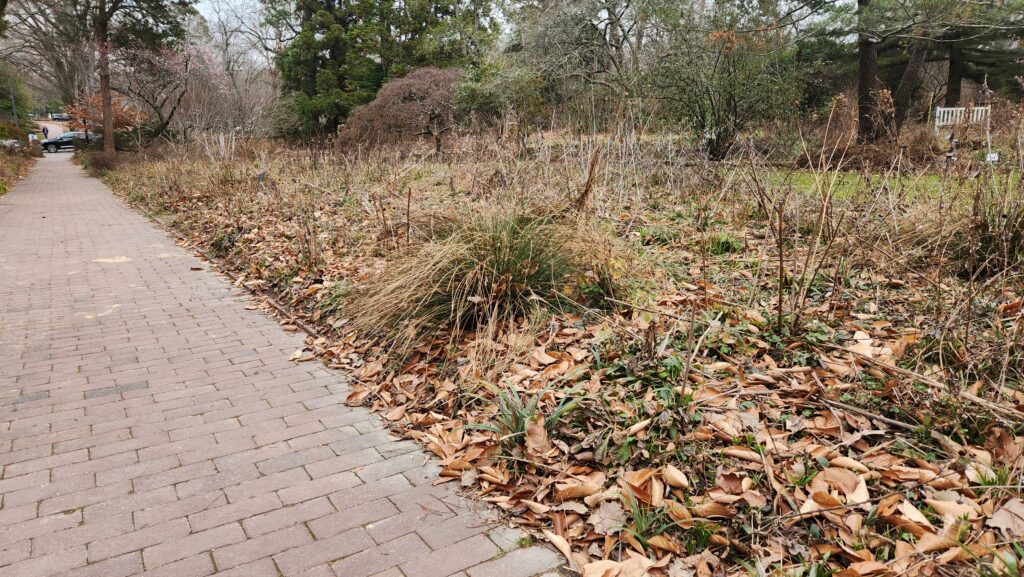Note: This is the first of a series we’re calling Interstitial, shorter periodic missives between our longer columns. Enjoy.
“I came to a meadow
Where the silence was the sky
And the words
The many wildflowers.”
–Charles Simic, “Pastoral” from Somewhere Among Us a Stone Is Taking Notes, Kayak Press, 1969

Camphorweed (Pluchea camphorata) catching some afternoon sun
Permission
“I came to a meadow”. What a lovely beginning. To anything. A morning, a dream, a conversation. The places we wish to go are sometimes quite close at hand. A gift. Other days, there is not a destination worth the double-tap, let alone the pushpin.
What we need sometimes is permission. Permission to come to that meadow, to stay a minute. I was served a lovely dollop of that fine confection the other day. It came in the otherwise banal wrapping of a forwarded email. Ick. Normally I give these throwaway gestures of faint inclusion a brief glance, then off to the dustbin they pop. Thirty days of digital purgatory, then oblivion.
This one was different, however. A link to a recent study from NC State Extension. A welcome balm for a current bit of horticultural stiffness. To wit: I have been talking the Big Game about “leaving the leaves” and “a messy garden is a happy garden”, &c and yes, yes, these are fine sentiments and ecologically laudable goals and yes, yes we should all let our gardens have some wild time from time to time. Let the spaces relax and all that.
But (and there’s always a but) I’ve come to recognize that this jangle tangle of pickup sticks was putting me slightly ill at ease. Curious, as I’m usually not bothered by chaotic environments. But here I was in the Arboretum, summarily passing by the planting beds of intentional ruin and decay and beginning to, dare I say it, feel a little guilty about not doing something – anything – in an effort to somehow put things right.
Well, it got me thinking about meeting the garden halfway. A reminder that a garden is, after all, an artifact, a creature of our design, fabrication and maintenance. The link, by the way, came from my colleague and friend, Chris Liloia, superbly talented curator of habitat gardens at the North Carolina Botanical Garden. Chris has been employing the cut stems and collected debris from her winter gardens and weaving them into the landscape in imaginative and useful ways for years.

A small debris tower constructed by Chris Liloia at the NC Botanical Garden
This repurposing of material strikes me as both highly efficient (appealing to the side of my brain that was fed all through college, less so in the so-called real world) and really fun (a second helping of joy, if you will). All those cut stems will provide habitat for the solitary bees and wasps that move through this space. We, as gardeners, are able to access the ground and can get at the creeping Charlie, henbit, bittercress and chickweed that comes on strong right now. The hedges will remain and the stems will rot, as all stems must. When they collapse sufficiently, we can disperse them into the gardens, we can add more material next winter, we can let the whole enterprise collapse and start anew elsewhere. We have options, we have permission, we are having fun.
Reading the article and considering the spaces in which I work, I got kind of excited. The next day, when our regular cohort of Tuesday volunteers (the Coker Nuts) arrived to work, we went to it, starting along the perennial beds that flank the President’s Walk, carefully cutting back stems and stacking them.

Other fence/hedge structures in the Arboretum, beginning
We host a fine patch of redtwig dogwood (Swida sericea syn. Cornus sericea), the stems of which are excellent staking material. I cut a few and drove them into a bed edge nearby and started laying twigs. Super!

Other fence/hedge structures in the Arboretum, completed
Debris hedges! Our friend and colleague Kim Calhoun has been crafting these structures with woody stems for a while and I thank her for the moniker. I think they are awesome. Here’s the garden after cutting. Still messy, still functional.

Views of the perennial garden bed along the President’s Walk
So there it is. A forwarded email, a permissive nod, a couple of reasonably pleasant mornings and our metaphorical meadow comes into focus. It’s chaotic, perhaps, a bit tousled, a tad mussed. I invite you nevertheless to give it a go in your own garden, see how it fits. Then go looking for flowers.
Geoffrey Neal is the curator of the Coker Arboretum and director of the Cullowhee Native Plant Conference. You can see more of his photography at @soapyair and @gffry. Margot Lester is a certified interpretive naturalist, writer and editor at The Word Factory. Keep up with what’s going on at the Arboretum between columns at @cokerarboretum and @ncbotanicalgarden.

About the name: A refugium (ri-fyü-jē-em) is a safe space, a place to shelter, and – more formally – an area in which a population of organisms can survive through a period of unfavorable conditions or crisis. We intend this column to inspire you to seek inspiration and refuge in nature, particularly at the Arboretum!


